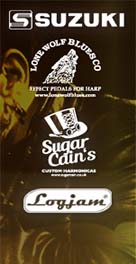Marko’s Gear
Introduction
I’ve been using guitar effect pedals for about twenty years. The recording of my tribute album to J. Hendrix actually triggered something in me. At the time, I used to work with Jimi’s effects (Marshall Plexi head amp, two 4×12 cabs, a Copy Cat delay, some Fuzz Roger Mayer style, Flangers, Phasing).
As you know, harmonica amplification may generate feedback, so I had to get some hints to manage this issue when playing. Over time, I learned and understood the problems related to harp amplification.
I discovered a harmonica player should think just like a guitar player. And then, I could solve these issues little by little as time went by. Now I think I perfectly master this topic.
I travel around the world to give courses on “sound effects”. Basically, effects can really turn your harmonica into an instrument in its own right, that can be played in any kind of musical style, without any sound boundaries.
For example, you can play either three notes or play an unexpected kind of music pad in a different style (pop, etc.).
You have to really get into the sound without any fear of mixing sounds together. And little by little, you’re going to do it instinctively as soon as you’ll hear a musical piece.
Overtime, effects became quite a standard component of harmonica gear. There are harmonica pedal makers such as the LoneWolf Blues Company or even harmonica dedicated amp makers.
I think this is very good, even if some purists may not agree with me. Harmonica is changing, and it’s cool.
My pedal board
Everything you need to know before using effect pedals for harmonica.
Many harp players are now entering the « sound world » surrounding their instrument. You need to bare in mind amps enhance the features of your acoustic sound. So if your acoustic sound is good, your amplified sound will go louder and will still be good. On the other side, if your acoustic sound is awful, once amplified it will be loud, and still awful. Just to let you know.
1/ The very first thing to learn.
You have to think like a guitar player, since the effects you’re going to use are basically designed for guitars. A guitar features pickups, volume and tone controls. The volume control range goes up to 17khz approximately.
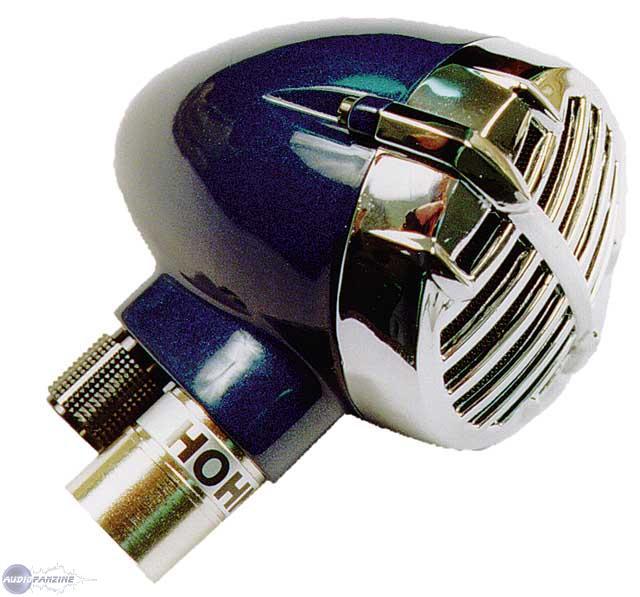
Hohner Bluesblaster, featuring a volume control.
Generally, harmonica volume control goes up to 290khz.
That’s fine if you plug your mike in the venue sound system, but you will face feedback issues if you play through an amp.
This is why I say you have to think just like a guitar player. You can use a multimeter to measure the range of you volume control. Generally, a 17khz value is equivalent to 1/4th of the total range of the volume control.
2/ Setting up the pedal board.
The first component of the line is obviously your mike, that can be either low impedance (like SM58, 57, E10, EV…) or high impedance (Green Bullet or Astatic, BlexLab, Blowsmeaways, Johnny Ace, etc). These mikes generally feature a 1/4’’ jack output.

Impedance matching transformer Shure A85F
To use a low impedance mike, you’ll need an impedance transformer before plugging it into your amp or in the first pedal of your board.
Your amp will be the last component of your line.
3/ From the mike to the expression pedals.
Examples of expression pedals : wah-wah, whammy, harmonizer
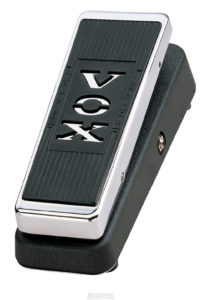
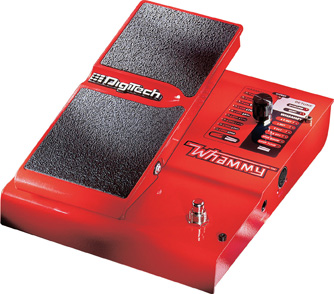
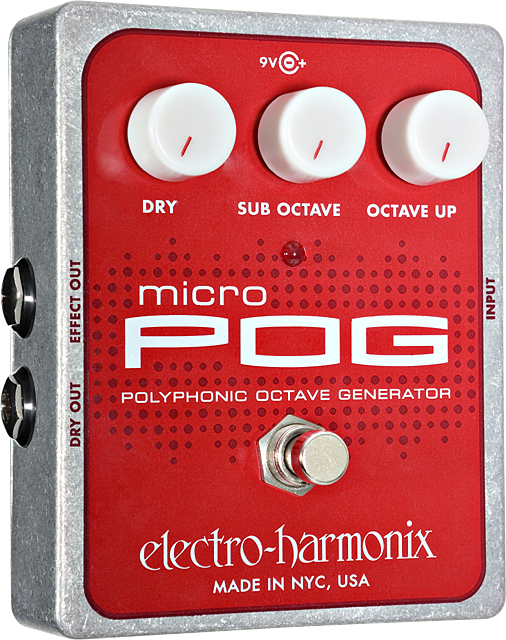
4/ Then, your Compressor.
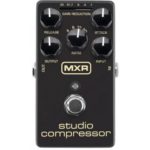
The compressor doesn’t have any impact on your expression pedals. The benefit of a compressor lies in that every note played will be at nearly the same amplitude. It doesn’t boost your signal.
.
5/ Then, Distortion and Overdrive pedals.
Distortion is key since it provides the « color » of your sound. You’d better choose the distortion according to your mike.
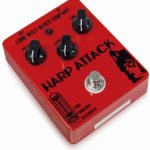
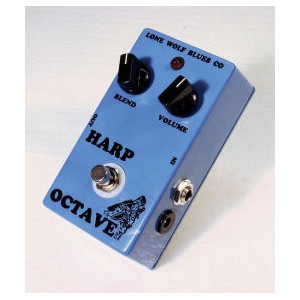
6/ Then the Boost pedal.
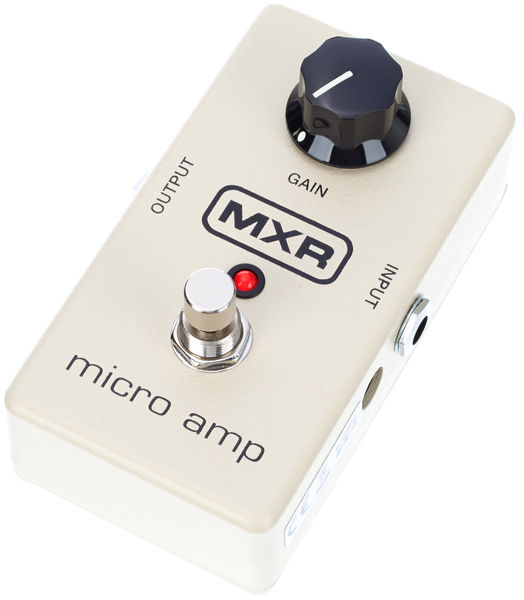
This pedal amplifies the plain sound of your amp. One thing to bare in mind when tuning your distortion or overdrive pedal volume : set it up exactly the same as the plain sound of your amp. Then, you will use the boost pedal when you perform chorus and solo, otherwise you will encounter sound and feedback issues etc.).
7/ Then come Equalizers and Ultramizers.
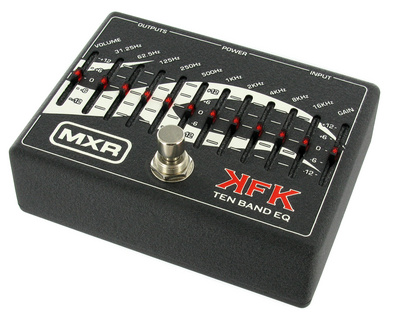
The equalizer is actually the pedal that will provide the true tone of your harp and your whole system. It will manage your input gain and amp output. I’m only talking here about graphic equalizers, not parametric equalizers (10 bands minimum, with an input gain and an output gain).
Lower your input gain and increase your output gain.
8/ Then come the effects like Delay, Chorus, Reverb, Phasing, etc
Because of their position on the pedal board, the equalizer will not deal with these effects. Actually, this kind of effects do not really need to be equalized , they don’t impact the volume nor the tone.
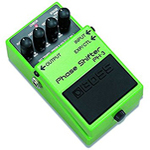
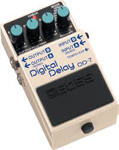
9/ Then you plug into your amp.
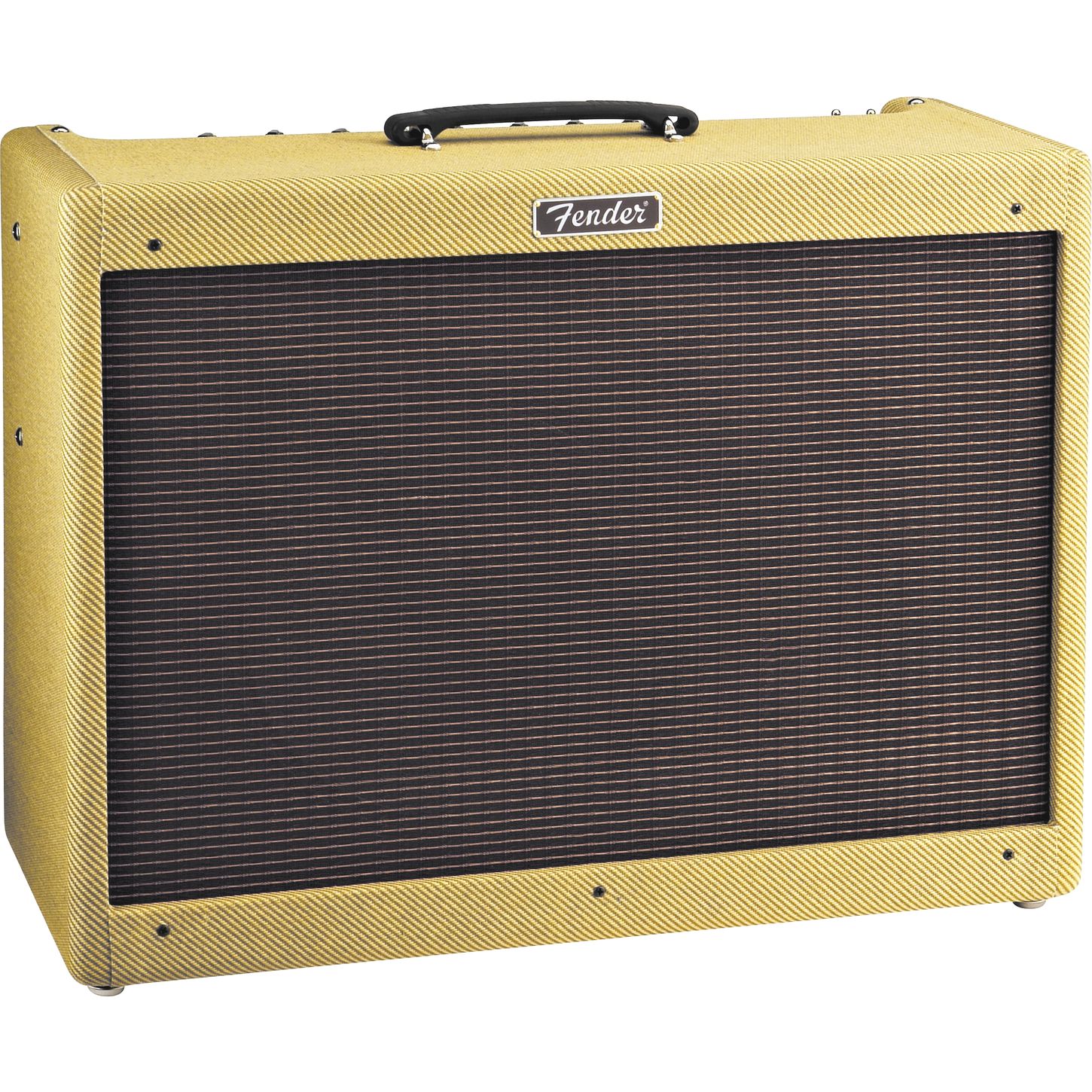
The number and the type of speakers is key. Depending on the sound you’re looking for, try to get your amp equalization as straight as possible (plain sound and bass, middle and treble at the halfway point).
.
10/ If you use a device to prevent feedback such as the Harp Shield pedal by Lonewolfblues.
 You have to plug it just between your compressor pedal and your expression pedal.
You have to plug it just between your compressor pedal and your expression pedal.
Marko Balland
http://www.markoballand.com/
